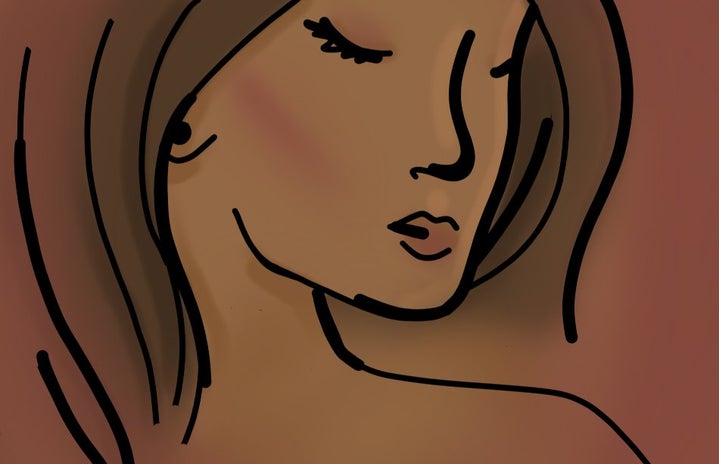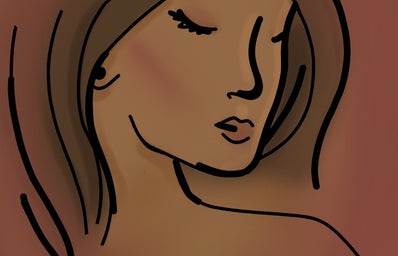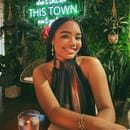From lack of age representation to the promotion of anti-aging products, ageism is a problem that is prevalent in the beauty industry every day.
Ageism is a form of discrimination based on the age of a person. We often see it when the elderly is treated differently based on negative stereotypes and assumptions. For example, ageism in the workplace can manifest in different ways, such as people being denied jobs due to being older than most of the other employees. Similarly, some employees are seen as less reliable because of their age. These assumptions can affect people’s ability to support themselves and their overall work performance.
Nevertheless, ageism in the beauty industry can be more complex than being labeled as unreliable, since when it comes to this industry in particular, other forms of discrimination, such as sexism, also play a role.
The beauty industry is male dominated, yet women seem to be the main target. The LedBetter database contains a total of 230 beauty companies and only 6 percent of the database’s CEOs are women. Meaning that although the beauty industry targets women as potential buyers, men still hold most leadership positions.
Besides not being represented in the industry, women are also most affected by the ageist beliefs that are promoted. “The anti-aging market size reached US$ 67.2 billion in 2022”, according to Imarc Group. They also predict that it will reach US$ 98.6 Billion by 2028. This growing industry mainly targets women between 35 and 55, and profits off their insecurities by promoting ageist beliefs like signs of aging, such as wrinkles, are undesirable.
Older women also face a lack of representation in advertisements and overall media related to beauty products. I rarely see women over the age of thirty in makeup ads or even see female beauty gurus and influencers who are not in their twenties or early thirties, and when I do, it seems to be separated into a different category for older women.
Although the needs of consumers might change with age, it is important to make these spaces inclusive since so many people of different ages, gender identities, and backgrounds consume these products every day.
To make beauty-related spaces more inclusive, we must advocate for diversifying both the corporate bodies of companies that benefit from older women and the representation we see in ads and campaigns.
The natural process of aging should not be weaponized against women. Instead, we should make space for women past their thirties to represent, enjoy and have a say in the beauty industry.
If you are interested in learning more about anti-ageism and diversifying the beauty industry, I suggest looking at projects like the World Health Organization’s (WHO) Global Campaign to Combat Ageism. This campaign “aims to change the narrative around age and aging and help create a world for all ages.” Although WHO’s campaign focuses on issues with ageism beyond the beauty industry, I believe it is a good way to start educating ourselves and reflecting on the value we give others based on their age.


